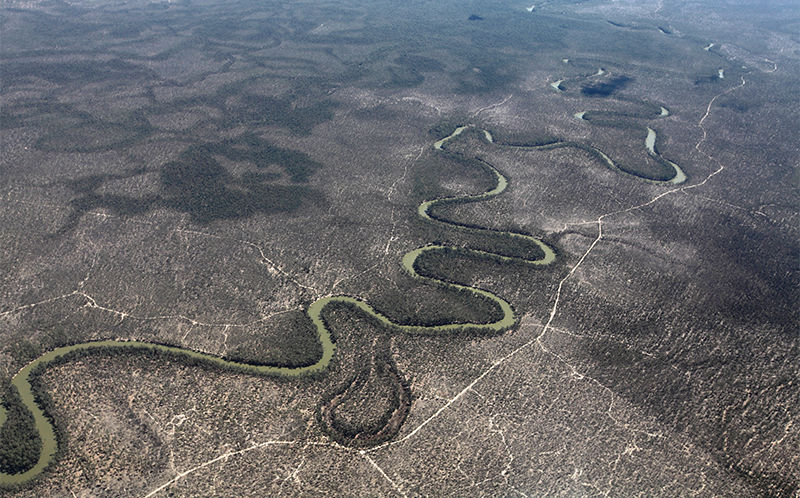Nature: Groundbreaking Australian Murray–Darling water agreement in peril
Five years ago, the Murray–Darling river system was on life support. Farmers were siphoning too much water from the system — Australia’s largest — reducing flows and increasing salinity. Now, after an ambitious multi-state effort to make sure that more water stays in the rivers, some wetlands are once again saturated enough to support native wildlife. In the Lower Lakes, near where the Murray River empties into the Southern Ocean, the flowering plant Ruppia tuberosa has sprouted and the royal spoonbills (Platalea regia) have returned.
But upstream, much of the rest of the Murray–Darling river basin (MDRB) is still struggling for water. State and federal governments signed an agreement in 2012 to spend Aus$13 billion (US$9.9 billion) on a plan to reallocate 3.2 trillion litres to the environment by 2024. Now, the first independent assessment of that plan, from the Wentworth Group of Concerned Scientists, a consortium of the country’s leading water experts and environmental scientists, concludes that progress has stalled and the initiative is at risk of failing.
Water managers in the United States and other countries grappling with similar challenges in balancing the needs of people and the environment are watching the MDRB with interest. David Feldman, a water-resources specialist with the University of California, Irvine, says although there’s been some progress in the MDRB, such as reducing salinity, other environmental improvements haven’t followed. A key lesson from this assessment is that these types of big, complex fix for over-allocated river basins require patience and persistence, he says. “We simply do not know for certain how long it can take for genuine environmental progress to occur.”

